What screw and mounting options work best for heat sinks?
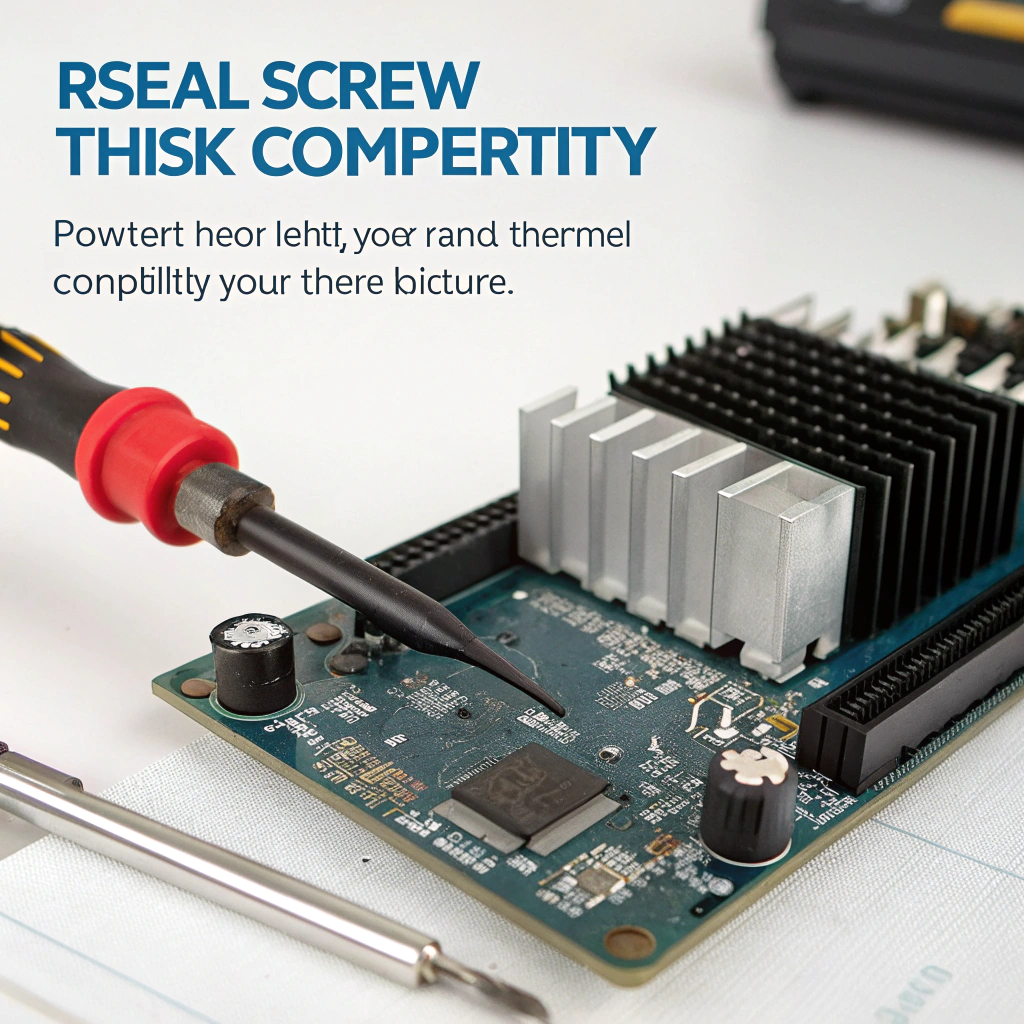
Mounting a heat sink incorrectly can lead to thermal failure. Many overlook screw compatibility and torque. That can damage components or reduce heat transfer.
Most heat sinks support machine screws like M2–M4, can be mounted using screws, clips, or push-pins, and often offer customizable holes or threaded inserts. Torque must be controlled to avoid damage.
To choose the right mounting approach, I always look at the mechanical, thermal, and maintenance needs. Let’s explore what fasteners and mounting options work, and how to avoid common mistakes.
What screw types are compatible with your heat sinks?
Mounting a heat sink using the wrong screw can strip threads or crush the base. That risks poor contact with the chip and early failure.
Heatsinks typically support metric (M2, M3, M4) or imperial (#4-40, #6-32) screws, with head types like pan, flat, or socket. Both self-tapping and machine screws may be used depending on design.
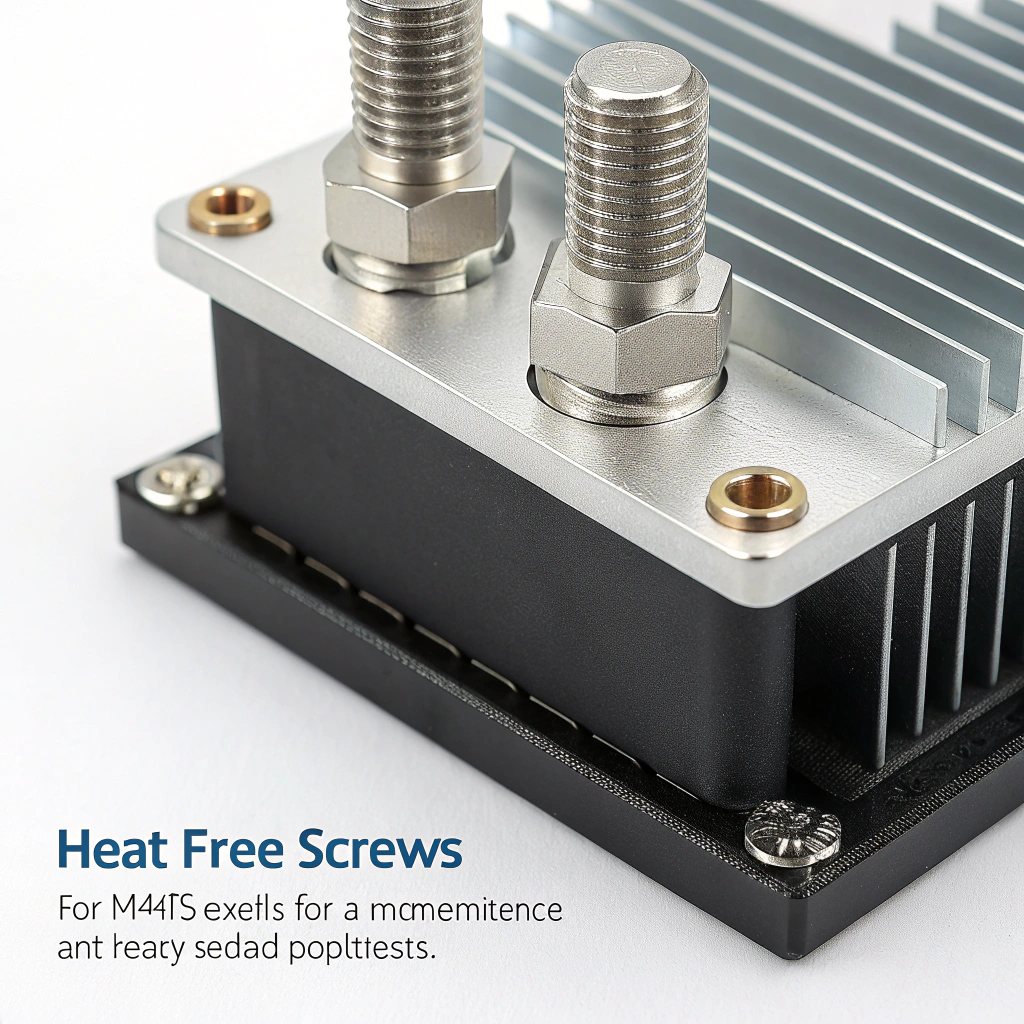
Common screw types used in heat sink applications
| Screw Type | 설명 | 일반적인 사용 사례 |
|---|---|---|
| M2 / M3 / M4 | Metric machine screws | General electronic modules |
| #4-40 / #6-32 | Imperial threads | North American electronics |
| Flat / pan / socket | Varies by head profile | Depends on recess or clearance |
| Self-tapping | Cuts thread into soft metal/plastic | Simple mounting without inserts |
| SEMS screws | With pre-assembled washers | Production efficiency |
| Captive screws | Stay attached to heatsink | Maintenance-heavy applications |
I usually recommend metric screws when possible, especially M3 or M4. For heavier modules or deeper threaded holes, M4 works best. If you’re designing around high torque, M4 provides more strength. In most extruded aluminum heatsinks, tapped holes accept these screws easily.
Metric screws like M3 and M4 are commonly used to mount heatsinks.True
They match typical hole sizes in aluminum heatsinks and offer reliable threading.
Only self-tapping screws can be used in heat sinks.False
Machine screws are more common, especially with threaded holes or inserts.
Which mounting methods are supported by your heat sink designs?
Poor mounting leads to bad thermal contact. Spring clips and push pins may be easier to install but can fail under vibration. Screws hold better but need correct torque.
Heatsinks can be mounted using screws, spring clips, push pins, adhesive, rivets, or standoffs, depending on size, weight, and application.
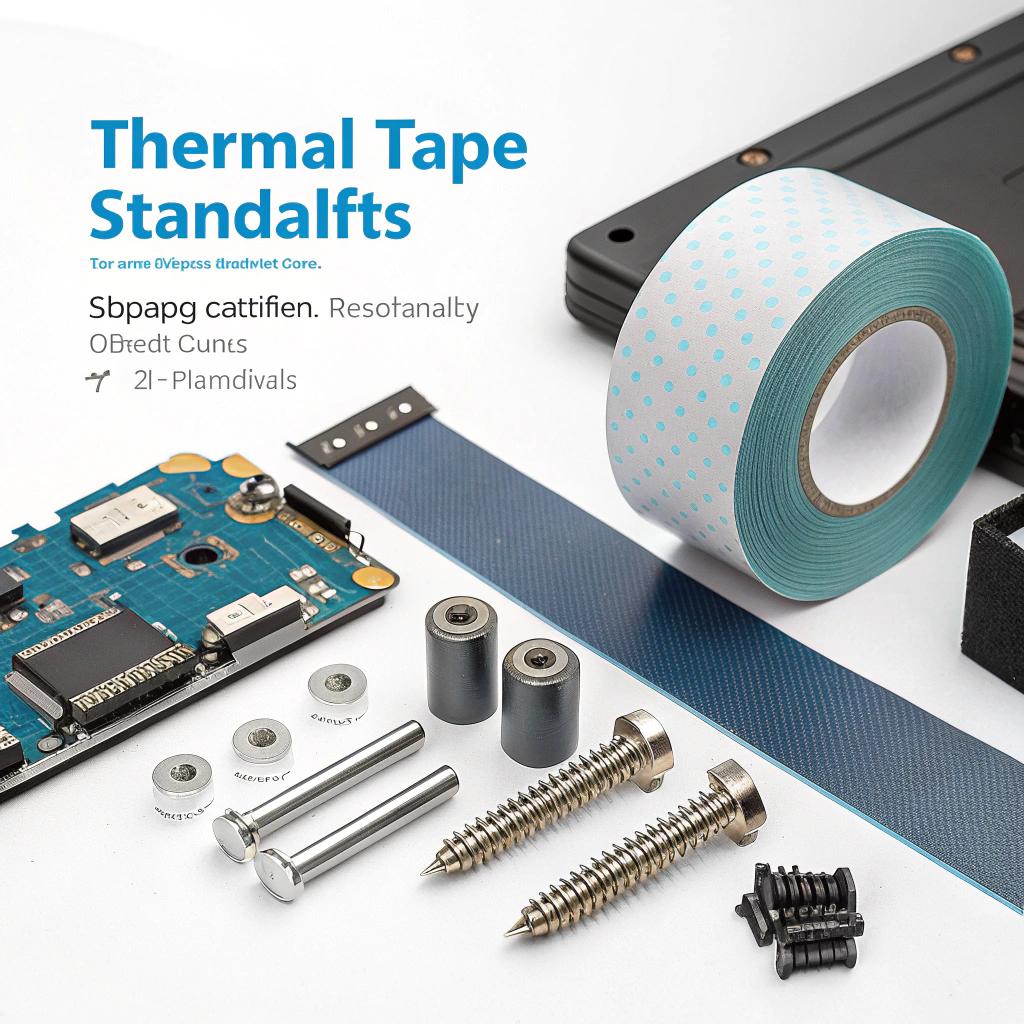
Table: Mounting methods and trade-offs
| Mounting Method | 장점 | 제한 사항 |
|---|---|---|
| Screw mounting | Strong and reliable | Needs hole prep and torque control |
| Clip mounting | Fast and low stress | Needs space and preload tuning |
| Push pins | Quick, tool-less | Limited strength |
| Rivets | Permanent, strong | Not serviceable |
| Thermal adhesive | Clean, no screws | Permanent, weaker bond |
| Thermal tape | Easy to use | Weakest under load or vibration |
| Standoffs + screws | Strong, modular | More complex, space needed |
For small board-level heatsinks, push-pins and clips often suffice. Larger heat sinks, especially those mounted to enclosures or modules, require screws or standoffs. Sometimes, a hybrid method like screws + thermal tape improves reliability.
Clip mounting applies spring force to hold the heatsink.True
Spring clips push the heatsink down onto the component, ensuring contact.
Riveting is always reversible.False
Rivets form a permanent bond and cannot be removed without damage.
Do you offer threaded holes or press-fit inserts?
Threaded holes make mounting easy, but if the heatsink wall is too thin, they can strip. In those cases, I use inserts.
Yes, we support tapped holes, press-fit inserts, and clinch fasteners like PEM nuts or captive screws, depending on heatsink thickness and load.
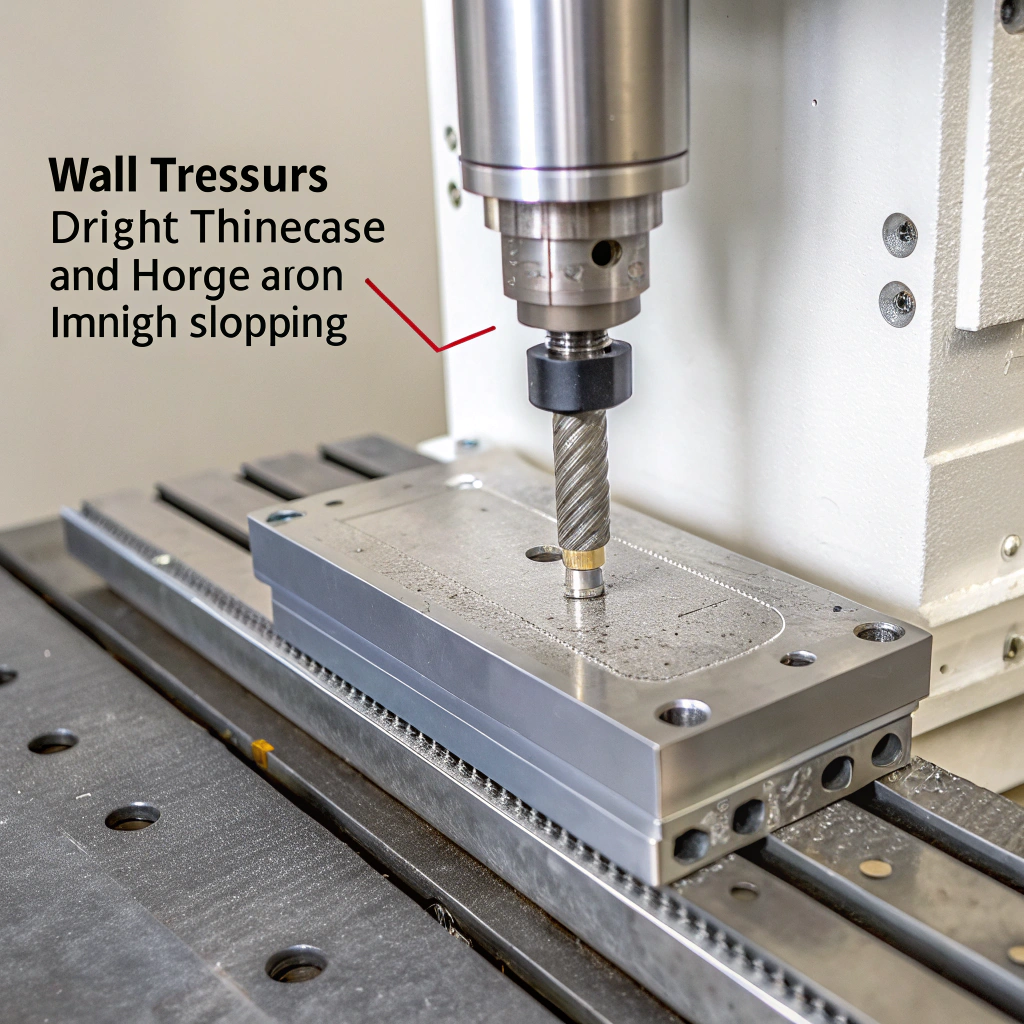
Hole types and threaded insert options
| 방법 | 설명 | 최상의 대상 |
|---|---|---|
| Tapped holes | Threads cut directly into aluminum | Light to medium loads |
| Press-fit inserts | Brass/stainless pressed in | Higher torque, repeat use |
| Self-clinching nuts | Inserted by pressure into sheet metal | Thin-wall heatsinks |
| Captive screws | Screws retained inside heatsink body | Field-maintainable designs |
For M3 or M4 holes, I tap directly into aluminum if the wall thickness is at least 3 mm. If it’s thinner or torque is high, I add press-fit inserts. Inserts resist stripping and last longer when mounted multiple times.
Press-fit inserts provide stronger threads than direct tapping in soft metals.True
Inserts are made from harder materials and distribute load better.
Tapped holes can only be used in plastic heatsinks.False
Aluminum is commonly tapped for threads in heatsinks.
Can screw hole size and placement be customized?
If screw holes are in the wrong place, mounting fails. I always allow hole customization during heatsink design to match your layout.
Yes, you can customize screw hole size, thread type, depth, placement, and tolerance to fit your specific mounting needs.
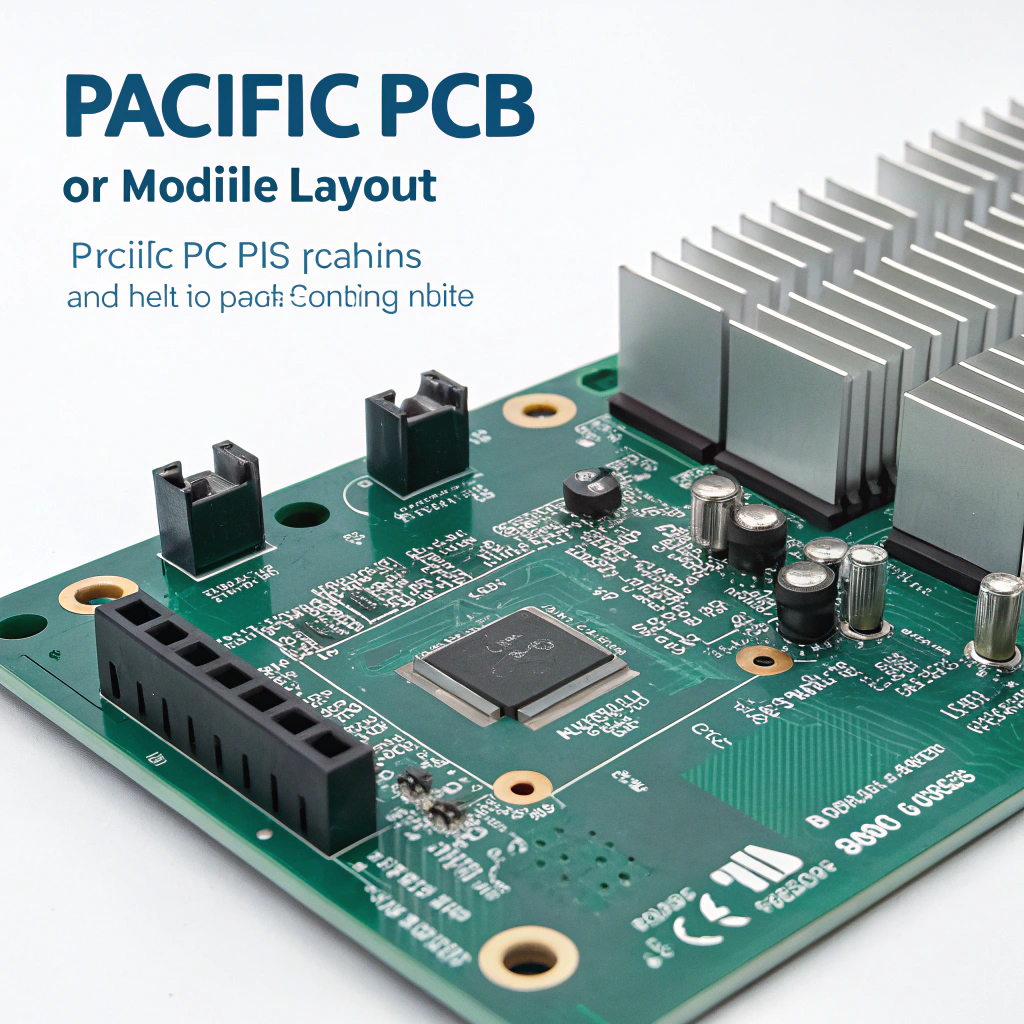
Typical screw hole customizations
| 매개변수 | 옵션 |
|---|---|
| Thread size | M2, M3, M4, #4-40, etc. |
| Hole diameter | Clearance, tapped, press-fit |
| Counterbore / countersink | Yes, based on screw head style |
| Hole location | X/Y spacing, offset, grid layout |
| Number of holes | 1 to 10+ depending on size |
I use 3D CAD to ensure holes avoid fins, maintain wall strength, and line up with the customer’s mounting pattern. I also use bosses under the holes for strength. Clearance holes are usually slightly oversized (e.g. 3.4 mm for M3 screw). This allows some tolerance during installation.
Screw holes in heatsinks can be positioned to match customer designs.True
Heatsinks are often custom-machined to fit specific PCB or module layouts.
Hole positions and sizes in heatsinks are fixed and cannot be changed.False
In most designs, hole specs can be fully customized.
What torque specifications apply to mounting your heat sinks?
Too much torque breaks parts. Too little and the heatsink wobbles. I always follow spec ranges to avoid stress.
Torque limits vary by screw size and heatsink material. For example, M3 screws often use 0.5–0.7 Nm, and M4 screws 1.6–2.0 Nm.
Reference torque values for screw sizes
| Screw Size | Typical Torque Range | 참고 |
|---|---|---|
| M2 | 0.2–0.3 Nm | Small screws, minimal load |
| M3 | 0.5–0.7 Nm | Common for module heatsinks |
| M4 | 1.6–2.0 Nm | Large heatsinks or metal bases |
| #4-40 | 4–6 in-lbs (~0.45–0.7) | Imperial equivalent of M3 |
Always use torque-controlled tools. I apply torque in two steps to let the TIM (thermal interface material) settle. Washers help distribute load and prevent loosening. I avoid over-torquing especially near thin fins or small modules.
Over-tightening heatsink screws can cause warping or component damage.True
Too much torque can deform the heatsink or crack the chip surface.
All screw sizes can be tightened to the same torque.False
Each screw size and material has a safe torque range.
결론
Mounting heatsinks correctly requires matching the screw type, thread, hole design, and torque. With the right combination, you ensure strong contact, better heat transfer, and safer operation.



